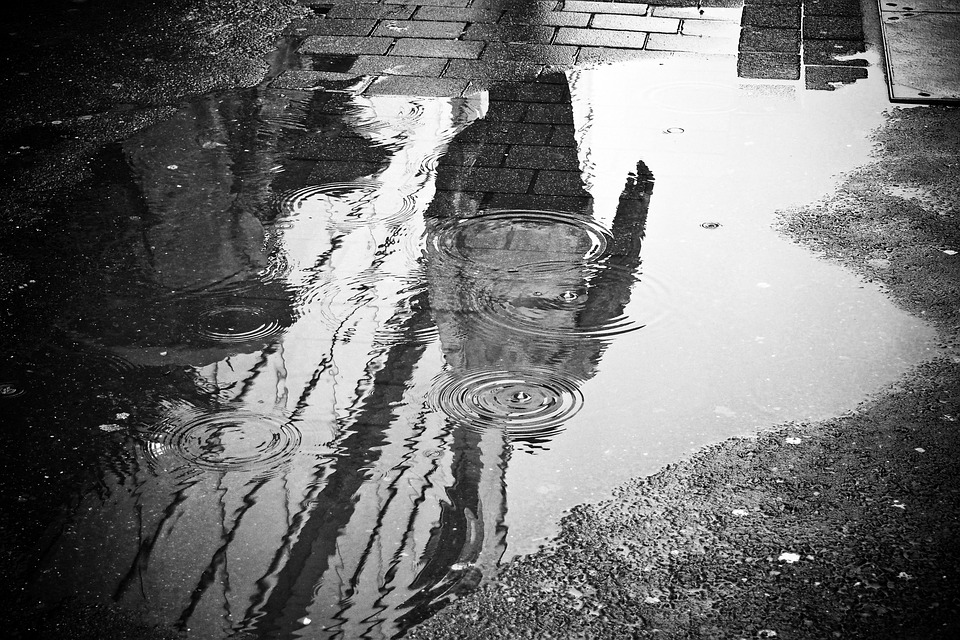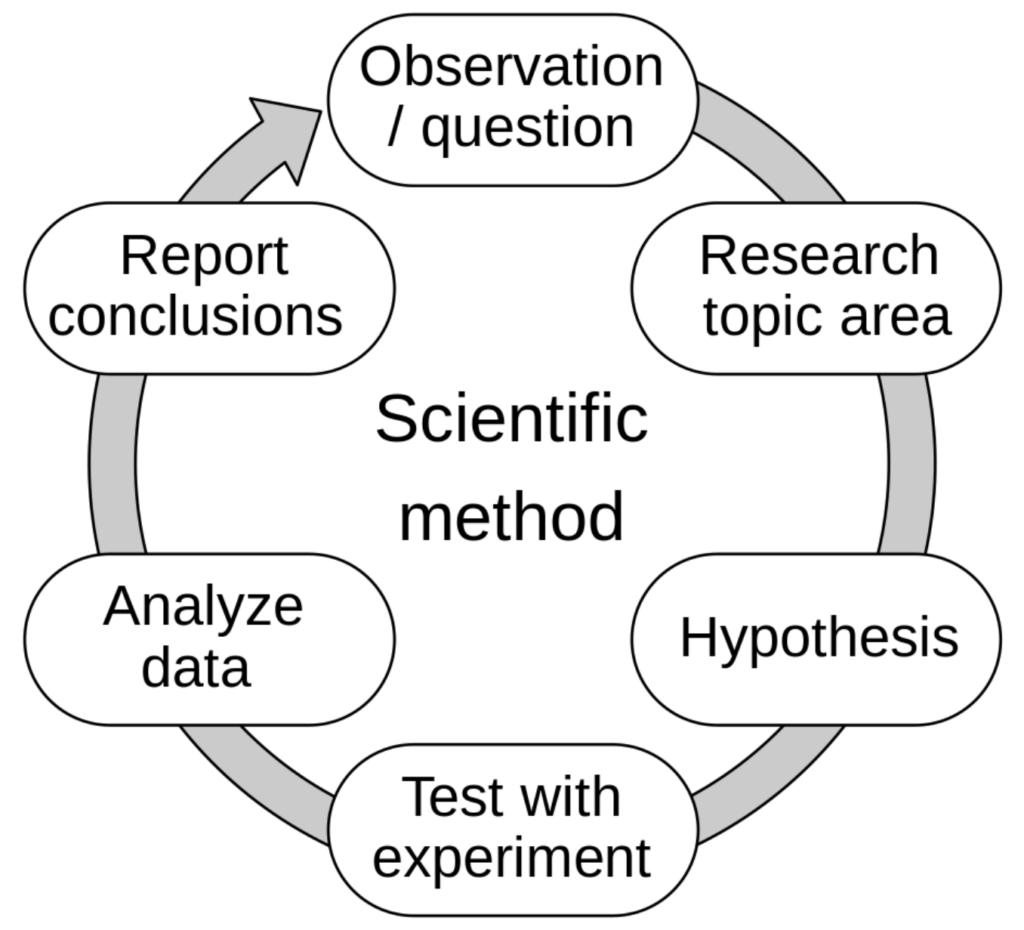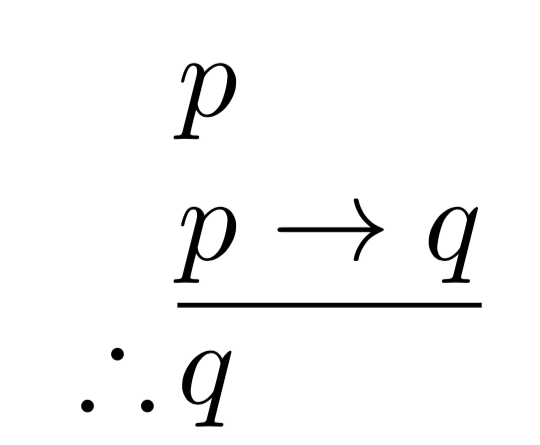
Over the course of four years attending college, it quickly became apparent to me that there is something lacking in middle and high school education that college classes must often make up for. From my writing and public speaking classes to my philosophy and ethics classes, I noticed college professors needing to begrudgingly commit portions of class periods to teach a subject that used to be programmed into primary education but is now noticeably missing. This subject, or rather skill, is logic. C.S. Lewis famously lamented the neglect of logic in public education when a character in his novel The Lion the Witch and the Wardrobe remarks “Why don’t they teach logic at these schools?”
Logic, the study of the validity of arguments, is vital to every subject. In the same way that music is math in rhythm, logic is math applied in reasoning. This is why so many of my college classes had to pause and explain the basics of logic before moving on to teach writing and philosophy. As a result of this undervaluing of such a vital skill, it often goes unnoticed how logic and science are intertwined. In fact, even the fundamental basics of how to construct logical arguments can be applied to science in fascinating ways. So, let’s take a trip to those Intro to Public Speaking and Written Composition classes that were forced to pause and review the basics of logic before moving on to other material.
The views expressed in this article reflect those of the author mentioned, and not necessarily those of New Creation.
Two Logical Arguments
Logic is a vast subject in its own right, and if there were no way to simplify it, the skill of logic would be an overwhelming bore. Thus, Logical arguments are expressed using symbols. Capital letters symbolize statements (sentences with truth value–excluding questions or commands). The symbol “→” implies an “if then” statement. So if F stood for “Apples are fruit” and D stood for “Apples are delicious”, then “F → D” would be read “If apples are fruit, then apples are delicious.” Another symbol is the “~”, which is a negation. The statement “~F → ~D” means “If apples are not fruit, then apples are not delicious.” Using only these symbols, two valid argument forms can be made.
We use arguments every day, but we seldom put them in the most logical structure. An argument placed in its logical form is called a syllogism. A syllogism consists of premises (supporting statements) and a conclusion (the truth claim being supported). An argument is valid if its premises adequately support or demonstrate the conclusion. In other words, if the syllogism is valid and the premises are both true, then the conclusion must be true. An invalid argument, by contrast, is one in which the conclusion can be false even when the premises are all true. So, without further ado, here are the first two valid arguments:
Modus Ponens:
- P → Q
- P
- Therefore, Q
Modus Tollens:
- P → Q
- ~Q
- Therefore, ~P
Examples
In these arguments, P is referred to as the antecedent (the first statement in the premise) and Q is the consequent (the second statement).
Modus Ponens
An example of Modus Ponens would go like this:

- If it is raining, then the sidewalk is wet. (P→Q)
- It is raining. (P)
- Therefore, the sidewalk is wet. (Q)
This is clearly valid; if the first two statements (the premises) are true, then the conclusion must be true.
Modus Tollens
The second argument, Modus Tollens, is similar:
- If it is raining, then the sidewalk is wet.. (P → Q)
- The sidewalk is not wet. (~Q)
- Therefore, it is not raining. (~P)
Here, the consequent (Q) is negated, and then this is used to deny the antecedent (P). Notice that this argument does not work backward. One cannot negate the antecedent and then conclude that the consequent is false, because one’s answers with this form will not be consistently correct. In the example above, stating that it is not raining does not necessarily mean the sidewalk is dry (maybe a sprinkler or fire hydrant made the sidewalk wet). A counterexample makes this logical error more clear:
- If something is a cat, then it is a mammal. (P → Q)
- A dog is not a cat. (~P)
- Therefore, it is not a mammal. (~Q)
Both premises of this argument are true, but the conclusion is false. This demonstrates the invalidity of this argument form. An invalid argument form is called a fallacy. This fallacy is termed “the fallacy of denying the antecedent,” because in the second stanza, P (it is a cat) is negated instead of Q (it is a mammal). Therefore, the premises have no bearing on the truth of the conclusion.
The Logic of the Scientific Method

Modus Ponens and Modus Tollens are as fundamental as logic gets. Most everyone inherently recognizes that the conclusion logically follows from the premises. We follow these logical forms every day without consciously thinking about it. Often, though, we deviate from these valid paths of reasoning. While this is not always a bad thing (there are many other forms of valid reasoning), it is surprising how often we make assumptions that are outside of our realm of knowledge.
Let’s examine the logic of the scientific method. The scientific method begins with observations of the world around us. A scientist forms hypotheses based on observations. Then, this hypothesis is tested, to see if it can predict certain results. Hypotheses are judged based on their predictive power. If the hypothesis fails to predict results, it is rejected. But if it accurately and consistently makes predictions about the world, then it can be accepted as a theory. If its predictions are not consistent with observations about the world, then the hypothesis is either abandoned or modified. The scientific method is thus a cycle. It does not simply end after conclusions are published. Rather, when one cycle ends, another begins, as more questions are asked and predictions are made.
What is the Scientific Method?
One example of the scientific method in action is Einstein’s theory of relativity. Einstein’s hypothesis concerning relativity predicted many observable phenomena in physics and cosmology. One of these predictions, which was later directly observed, is that light would bend as it passed massive objects in space. His logical pattern of reasoning went like this:

- If relativity is true, then light will bend as it passes a large object
- Light bends as it passes large objects
- Therefore, relativity is true
This argument is symbolized as such:
- P → Q
- Q
- Therefore, P
Unfortunately, that is not Modus Ponens. Nor is it valid. The argument above is “the fallacy of affirming the consequent,” since it affirms Q instead of P. To demonstrate the invalidity of this argument, consider this syllogism:
- If the earth is fixed, then the sun would rise and set every day. (P→Q)
- The sun rises and sets. (Q)
- Therefore, the earth is fixed. (P)
Is the Scientific Method a Fallacy?
Just like Einstein’s relativity prediction, this argument tries to reason backwards, beginning from the consequent (the sun rises and sets every day) and trying to prove the antecedent (the earth is fixed). This does not follow logically. Its premises, even if they were true, cannot guarantee the truth of the conclusion. Likewise, because it should always follow this line of reasoning, the scientific method commits the fallacy of affirming the consequent. In other words, no amount of evidence can prove a theory is true with absolute certainty.
Even scientific laws, which are descriptions of observed phenomena in nature, are not logically provable. As my Apologetics professor put it, no amount of science can guarantee that when I drop a marker, it will fall to the ground. There is always a nonzero chance that nature will deviate from what our models predict. In summary, a different scientific explanation is always possible (like the sprinkler on the sidewalk!).
Is this grounds to abandon the scientific method altogether? Why is the method still in use if it fails to hold up to basic logical principles?
Inductive vs. Deductive Logic
Despair not.
While the fallacy of the scientific method has interesting implications for scientific knowledge, it is not a problem for science, nor does it undermine the centuries of scientific progress humans have made throughout history. To understand why, we must make a distinction between categories of logic.
There are two types of reasoning in logic: inductive and deductive. Deduction involves truth and validity, which are tools that allow us to demonstrate the truth of a conclusion with absolute certainty. Induction, however, is concerned with strength and cogency. “Cogency” evaluates whether a conclusion is likely to be true based on the premises. It does not attempt to demonstrate truth, but probability. There is nothing wrong with this. Just like with deductive logic, we instinctively use inductive reasoning every day. Induction is not untrustworthy; it is often necessary.

The scientific method measures strength by predictive power. The strongest theory is the one that can predict the most results and is supported by the most evidence. This is why scientists avaluate theories based on their “explanatory power.” The theory cannot be proven, but it is nevertheless an efficient model for how we observe the world. The difference between inductive and deductive logic is important because it allows us to test and accept models for how the world works without demonstrating the truth of the model.
Why this matters
So where do we go from here? What has changed? Are we not back where we started?
Yes and no. On the one hand, the invalidity of the scientific method does not matter, because the method itself is not designed to perform deductive logic. On the other hand, the fallacy of the scientific method, while not a fault, is certainly a limit. This matters a lot for anyone who seeks philosophical fulfillment in science. In other words, the fallacy within the scientific method may not say much about science, but it does say quite a bit about life.
Not only is science unable to prove the existence of abstract ideas such as love and beauty, it is also ill-equipped to prove anything with complete certainty. There will always be the potential for a new discovery or theory to replace the current model of the day. It has happened many times before, and it will continue to happen in the future.
People who rely on science as their only guide to truth are severely limiting their ability to reach anything beyond reasonable assumptions. This inherent uncertainty in science makes it an exciting endeavor, as it leaves the door open for discovery and leaves nothing set in stone. Future findings may completely rewrite and replace the models we accept and believe today. This is what motivates scientists to keep searching and studying the world around them. But it also means that we should not unconditionally trust in science as our only means to reach the truth.

Conclusion
Clearly, Christian scientists love science. But they do not seek meaning, fulfillment, or ultimate hope in science (if they did, they would not be Christians!). They know that God alone offers knowable Truth (John 14:6). Though reliable and powerful in its own right, science is constantly changing. Meanwhile, no matter how much is discovered about the universe, God’s Word will never change.
Scientists who limit themselves to the physical world (materialists) are drastically limited in what they can know about reality. Because based on the scientific method alone, no one can truly know anything about reality! Science may be able to fly us to the moon, but it can’t answer life’s spiritual or metaphysical questions. Christians, meanwhile, cannot know with scientific certainty that the gospel and resurrection are true. But thankfully, God calls us to have faith (2 Corinthians 5:7, Hebrews 11:1-3, Mark 11:22), not certainty, which is a small price to pay for eternal spiritual fulfillment.
So, in the end, the scientific method is a necessary fallacy. It allows us to use science as a tool to study God’s creation, but it cannot function as a substitute for God Himself. Contrary to what some scientists insist, the answers to life’s biggest questions are not scientifically demonstrable, since the logical structure of the scientific method is, technically, fallacious. This does not mean science or the scientific method must be abandoned or modified, but it does mean that ultimate Truth can only be found elsewhere (John 8:31-32, 16:13). The scope of science is forever limited by the laws of logic.
So—the question must be asked—why don’t they teach logic in these schools?












interesting article. Science is not gods idea. its mankinds idea to make a methodology that can demand confidence in its conclusions. its like in court. Its a higher standard of evidence for criminal cases than civil cases which does use evidence. Opponents of the bible’s conclusions on origins simply do not do scientific methodology. they fail. We can do it in debunking the wrong ideas but also have trouble doing it for our conclusions. No way around it. god helped us in conclusions as if not confident in our methodology abilities.
Thank you for this article! God Bless!